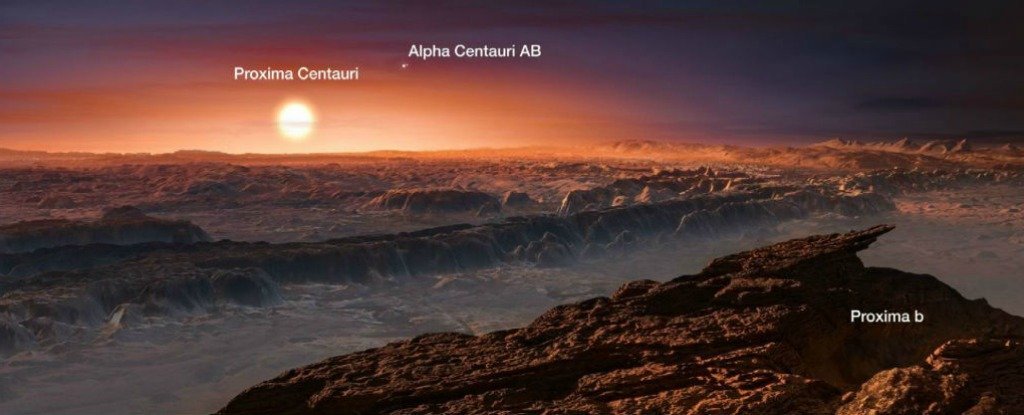
Utilizing advanced astronomical instruments, a worldwide team of scientists has actually validated the existence of Proxima b, an Earth-like planet that’s orbiting the closest star to our Planetary system, Proxima Centauri
” Confirming the existence of Proxima b was an essential task, and it’s one of the most interesting planets understood in the solar area,” Alejandro Suarez Mascareño, lead author of a paper about the research accepted for publication in the journal Astronomy & Astrophysics, said in a statement
They discovered that Proxima b is 1.17 times the mass of Earth, smaller than the older quote of 1.3 times. It orbits its star in simply 11.2 days.
Nailing down the mass of a distant world with such precision is “completely unprecedented,” said 2019 Nobel Prizer winner Michel Mayor, who prepared for the technology that made the discovery possible, in the statement.
Proxima b was first found in 2016 using HARPS (High Accuracy Radial Velocity World Searcher), a planet-hunting spectrograph mounted to among the telescopes at the European Southern Observatory at the La Silla Observatory in Chile.
The scientists were able to focus on earth with ESPRESSO, a new generation spectrograph also at the observatory in Chile, which boasts three times the precision as HARPS.
” We were currently very delighted with the performance of HARPS, which has actually been accountable for finding hundreds of exoplanets over the last 17 years,” Francesco Pepe, astronomy professor at the University of Geneva, Switzerland, and leader of ESPRESSO.
” We’re truly pleased that ESPRESSO can produce even much better measurements, and it’s pleasing and simply benefit for the teamwork long lasting almost 10 years,” Pepe, who likewise co-authored the paper, added.
Despite the fact that Proxima b orbits its star at such a close range, it still gets about the very same quantity of energy from it that Earth does from the Sun. Which has actually astronomers delighted about the potential of discovering alien life.
However there’s some problem: Proxima Centauri tends to bombard any worlds in its vicinity with a relentless amount of X-rays – Proxima b gets about 400 times the quantity as Earth gets from its Sun.
That causes the concern: “Is there an environment that safeguards the planet from these fatal rays?” asked co-author Christophe Lovis, a researcher who dealt with ESPRESSO, in the statement.
Lovis hopes that the next generation of spectrographs – ESPRESSO’s successor, “RISTRETTO,” is currently in the works – might help us discover the answer.
For us to get a closer take a look at Proxima b nevertheless, Proxima Centauri is “just” 4.2 light-years from the Sun – suggesting it would still take several thousand years to get there utilizing today’s propulsion innovation.
This short article was initially published by Futurism Check out the initial post
.
Comments
Post a Comment